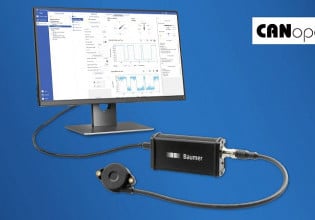G
After completing a HGP and Magic inspection on our GE 7FA/7FH2 we are dealing with low CE H2 purity. The CE H2 seal was removed for the Magic and inspected and deemed OK by the OEM to be returned to service - faces were cleaned, etc, clearances checked and within tolerance.
After introducing H2 back to the generator the CE H2 purity did not return to "normal" - typically we see ~97% on both CE and TE. Our new "normal" is ~92% on the CE when on turning gear. We have run the unit once and we did see the purity on the CE drop to the mid to high 80's and also noticed the casing purity dropped to 90% while the TE never dropped below 96%.
So far we have:
1) Confirmed the analyzer - calibration and confirmation check.
2) Completed a "bucket" test as per GEK 107241 section G. Found the gas side seal oil flow to be ~2 Gpm. We have not heard back from GE if this is acceptable. Total flow while on turning gear is ~14 Gpm.
3) Confirmed our valve line up and also confirmed the CO2 bulk tanks have been properly isolated.
4) Confirmed seal oil DP measurement is within spec - 6 psid.
We don't expect any issues with H2 purity. We use a bulk storage tank which feeds H2 to both gas turbines and our steam turbine. All other units are reading "normally" with regards to H2 purity.
I am concerned we have a seal installation issue on the CE.
I have looked through a few posts on this topic but I haven't found what other users ultimate resolution was.
If anyone could share their similar experiences it would be greatly appreciated. Also if I haven't provided enough information please let me know and I can provide more data.
After introducing H2 back to the generator the CE H2 purity did not return to "normal" - typically we see ~97% on both CE and TE. Our new "normal" is ~92% on the CE when on turning gear. We have run the unit once and we did see the purity on the CE drop to the mid to high 80's and also noticed the casing purity dropped to 90% while the TE never dropped below 96%.
So far we have:
1) Confirmed the analyzer - calibration and confirmation check.
2) Completed a "bucket" test as per GEK 107241 section G. Found the gas side seal oil flow to be ~2 Gpm. We have not heard back from GE if this is acceptable. Total flow while on turning gear is ~14 Gpm.
3) Confirmed our valve line up and also confirmed the CO2 bulk tanks have been properly isolated.
4) Confirmed seal oil DP measurement is within spec - 6 psid.
We don't expect any issues with H2 purity. We use a bulk storage tank which feeds H2 to both gas turbines and our steam turbine. All other units are reading "normally" with regards to H2 purity.
I am concerned we have a seal installation issue on the CE.
I have looked through a few posts on this topic but I haven't found what other users ultimate resolution was.
If anyone could share their similar experiences it would be greatly appreciated. Also if I haven't provided enough information please let me know and I can provide more data.






